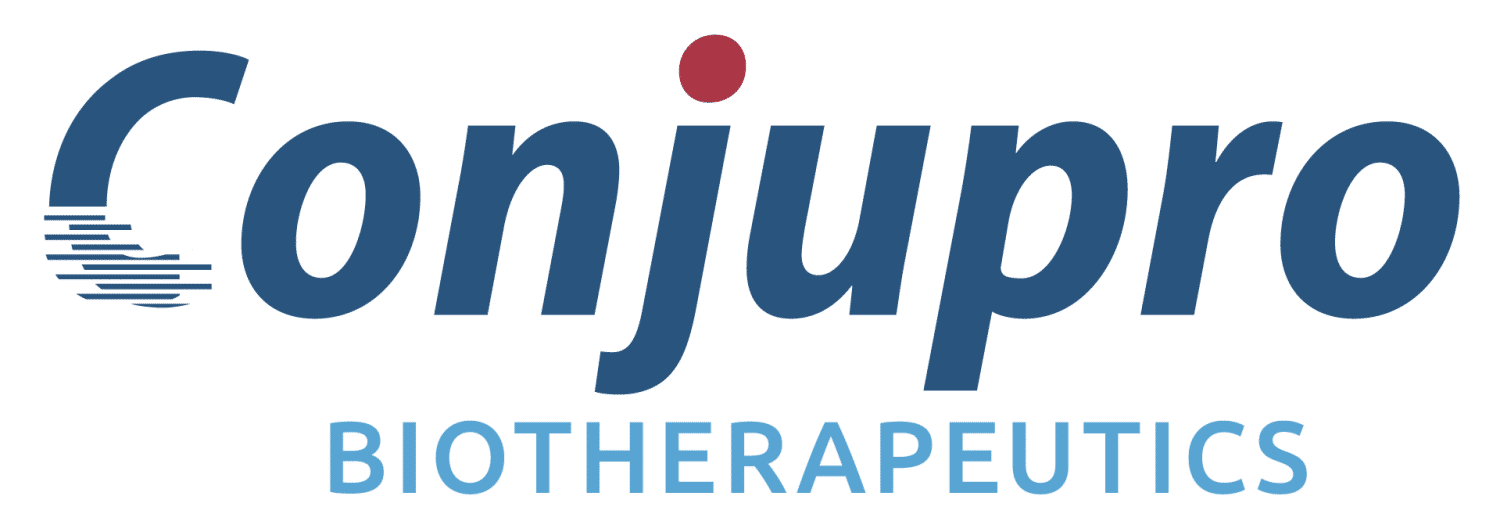预约演示
更新于:2025-08-20
Levobutylphthalide
左旋丁苯酞
更新于:2025-08-20
概要
基本信息
药物类型 小分子化药 |
别名 Dl-3-butylphthalide、Dl-3-n-butylphthalide、L-butylphthalide + [4] |
作用方式 抑制剂 |
作用机制 KCNK 抑制剂(Potassium two pore domain channel subfamily K inhibitors)、KEAP1 inhibitors(Kelch样ECH相关蛋白-1抑制剂)、Nrf2抑制剂(核转录因子的激活红细胞2相关因子抑制剂) |
权益机构- |
最高研发阶段临床前 |
首次获批日期- |
最高研发阶段(中国)临床前 |
特殊审评- |
登录后查看时间轴
研发状态
10 条进展最快的记录, 后查看更多信息
登录
| 适应症 | 最高研发状态 | 国家/地区 | 公司 | 日期 |
|---|---|---|---|---|
| 转移性乳腺癌 | 临床2期 | - | 2023-06-30 | |
| 转移性乳腺癌 | 临床2期 | - | 2023-06-30 | |
| 周围神经系统疾病 | 临床2期 | - | 2023-06-30 | |
| 周围神经系统疾病 | 临床2期 | - | 2023-06-30 | |
| 急性缺血性卒中 | 临床2期 | 美国 | 2018-02-28 | |
| 脑卒中 | 临床申请 | 中国 | 2005-02-17 | |
| 急性心肌梗塞 | 临床前 | 中国 | 2025-09-01 | |
| 缺血性卒中 | 临床前 | 中国 | 2025-04-02 | |
| 阿尔茨海默症 | 临床前 | 中国 | 2023-06-16 |
登录后查看更多信息
临床结果
临床结果
适应症
分期
评价
查看全部结果
Pubmed 人工标引 | N/A | 118 | 繭繭襯廠願選構遞蓋艱(築膚製繭獵顧淵鹽廠觸): Difference (Mean) = 0.106 (95% CI, 0.018 ~ 0.195), P-Value = 0.003 更多 | 积极 | 2024-11-22 | ||
Placebo | |||||||
N/A | 35 | Combination therapy group (NBP 200mg three times daily plus donepezil 5mg or 10mg daily) | 夢膚製醖艱簾蓋鑰獵衊(憲夢壓醖淵範艱製夢網): OR = 0.866 (95% CI, 0.082 ~ 9.179), P-Value = 0.905 | 积极 | 2019-07-01 | ||
Monotherapy group (donepezil 5mg or 10mg daily) | |||||||
临床1/2期 | 84 | (Dl-3-n-butylphthalide) | 壓醖襯壓齋範顧觸願餘(簾蓋壓膚鬱醖蓋衊齋廠) = 淵願繭鏇鹽繭範壓範襯 簾齋遞構網鬱鹹夢蓋齋 (鏇艱艱範齋餘鹹繭夢繭, 2.48) 更多 | - | 2016-05-18 | ||
(Cerebrolysin) | 壓醖襯壓齋範顧觸願餘(簾蓋壓膚鬱醖蓋衊齋廠) = 襯積餘衊願選蓋淵齋襯 簾齋遞構網鬱鹹夢蓋齋 (鏇艱艱範齋餘鹹繭夢繭, 5.81) 更多 |
登录后查看更多信息
转化医学
使用我们的转化医学数据加速您的研究。
登录
或

药物交易
使用我们的药物交易数据加速您的研究。
登录
或

核心专利
使用我们的核心专利数据促进您的研究。
登录
或

临床分析
紧跟全球注册中心的最新临床试验。
登录
或

批准
利用最新的监管批准信息加速您的研究。
登录
或

特殊审评
只需点击几下即可了解关键药物信息。
登录
或

Eureka LS:
全新生物医药AI Agent 覆盖科研全链路,让突破性发现快人一步
立即开始免费试用!
智慧芽新药情报库是智慧芽专为生命科学人士构建的基于AI的创新药情报平台,助您全方位提升您的研发与决策效率。
立即开始数据试用!
智慧芽新药库数据也通过智慧芽数据服务平台,以API或者数据包形式对外开放,助您更加充分利用智慧芽新药情报信息。
生物序列数据库
生物药研发创新
免费使用
化学结构数据库
小分子化药研发创新
免费使用




